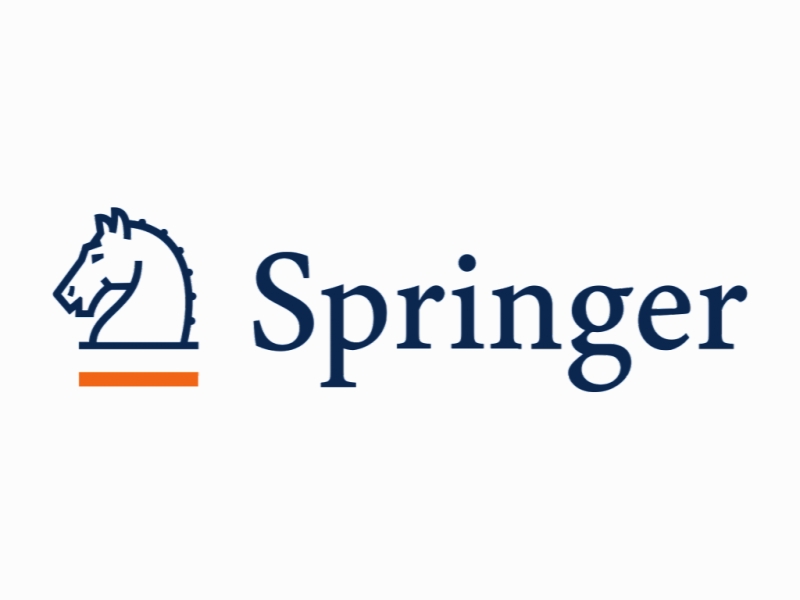حمایت مالی به عنوان ابزار نام تجاری داخلی و اثرات آن بر شناسایی کارکنان با نام تجاری Sponsorship as an internal branding tool and its effects on employees’ identification with the brand
- نوع فایل : کتاب
- زبان : انگلیسی
- ناشر : Springer
- چاپ و سال / کشور: 2018
توضیحات
رشته های مرتبط مدیریت
گرایش های مرتبط بازاریابی
مجله مدیریت برند – Journal of Brand Management
دانشگاه Sales and Marketing – Johannes Kepler University – Austria
منتشر شده در نشریه اسپرینگر
کلمات کلیدی انگلیسی Internal branding, Brand identification, Sponsorship, Employees
گرایش های مرتبط بازاریابی
مجله مدیریت برند – Journal of Brand Management
دانشگاه Sales and Marketing – Johannes Kepler University – Austria
منتشر شده در نشریه اسپرینگر
کلمات کلیدی انگلیسی Internal branding, Brand identification, Sponsorship, Employees
Description
Introduction Current research has identified brand identification as one of the central outcomes of a firm’s internal branding activities (e.g. Piehler et al. 2016). Although comparatively little is known about the antecedents of brand identification, the literature highlights the importance of consistent communication for internal branding effectiveness (e.g. Punjaisri and Wilson 2007). While there is a rich body of the literature available on internal communication, less is known on the effects of external communication on employees. In recent years, the question of internal effects of external communication activities has gained importance. To date, the few existing studies investigated advertising effects on employees (e.g. Celsi and Gilly 2010; Hughes 2013), whereas evidence from other external communication activities is very limited. In our study, we thus investigate the effects of the external communication tool sponsorship on the internal audience of employees. Internal marketing uses marketing tools and techniques in order to motivate employees to behave in a way that supports the company’s goals and customer orientation (Miles and Mangold 2004; Rafiq and Ahmed 2000). Going beyond the aim of delivering satisfaction to the firm’s customers, internal marketing supports employees to live a company’s image (Miles and Mangold 2004). Examples for such internal marketing activities include the positioning of Southwest Airlines in the minds of customers and employees to achieve a competitive advantage. Frequent and consistent messages communicated by Southwest management were based on the mission and the values of the company and designed to support the desired brand image. The results are an increased employee satisfaction and reduced staff turnover from an internal perspective, as well as increased customer satisfaction and favourable corporate image from an external perspective (Miles and Mangold 2005). Moreover, employees may act as brand ambassadors conveying the values of the brand to the firm’s customers. Thus, firms should take a broader perspective on the marketing function and include internal branding into their marketing and brand management activities. Internal branding can be defined as a ‘‘[…] concept that deals with the brand cognitively, affectively, and behaviorally at employee level’’ (Piehler et al. 2015, p. 53). Internal brand management can be conceptualized as a comprehensive model where both internal and external sources serve as input that form employee perceptions (Miles and Mangold 2004; Punjaisri et al. 2008). The importance of internal branding is not limited to the context of services where employees play a central role in delivering the brand promise and create a consistent experience for the customers at all touch points of the brand (Piehler et al. 2015). The communication of consistent messages to employees is thus central (Miles and Mangold 2005; Punjaisri and Wilson 2007, 2011). Miles and Mangold (2004) advise to use both internal and external modes of messages in the employee branding process. Research so far has focused mainly on the internal communication modes (e.g. de Chernatony et al. 2006). Furthermore, scholars argue in favour of integrating internal branding with other marketing activities of the firm, such as corporate communications (Punjaisri and Wilson 2011) and including both marketing practices, like internal communication, and human resource practices, like employee training, in internal branding programmes (Punjaisri et al. 2009).


